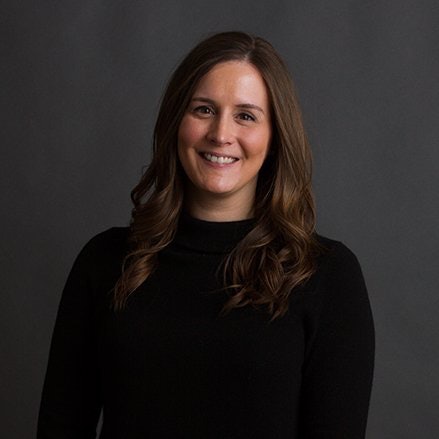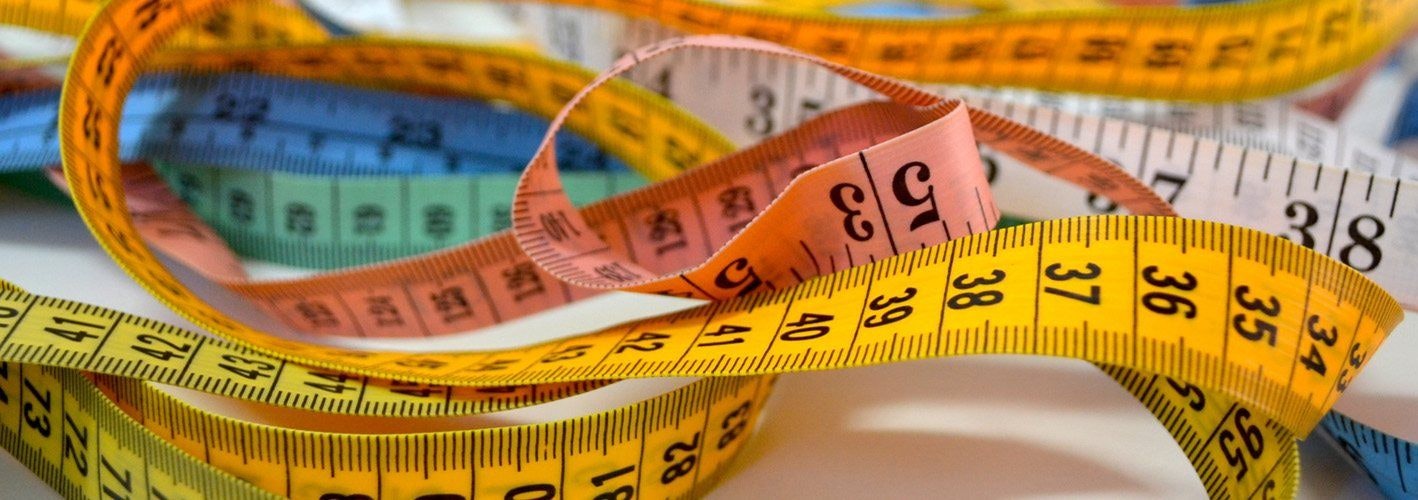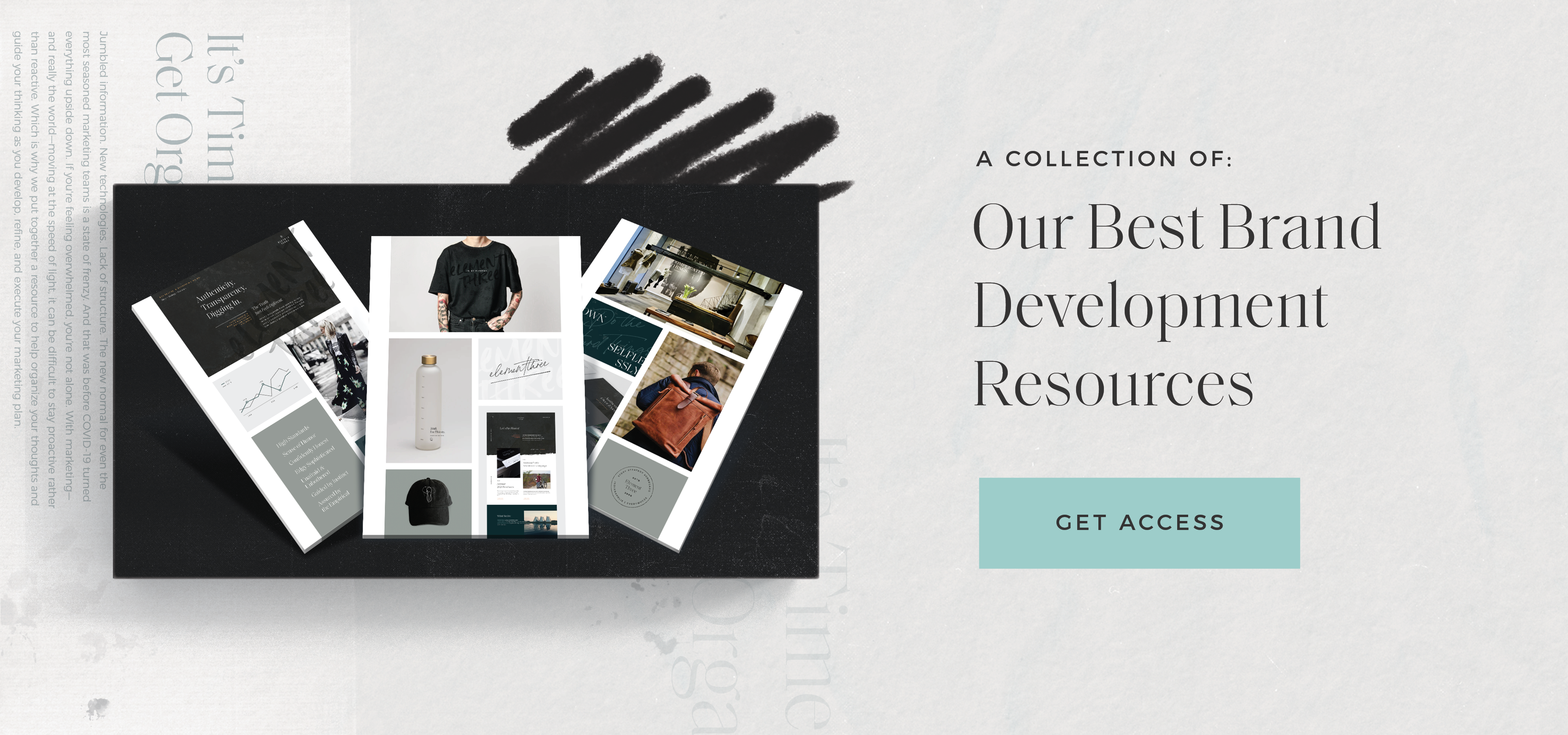How can you tell if your creative is successful?
It seems pretty straightforward: look at the data. Did your campaign get the results you and the client wanted? Did leads or sales skyrocket? Did you sell out opening day? Did click-through rates go through the roof? Was engagement higher than before?
If you’re measuring outcomes and tracking the data, it’s pretty easy to tell if your work moved the needle. And there’s no denying how important that is.
But hard numbers aren’t the only way you can tell if you’ve produced good work. There’s a more subjective side to measuring success that has more to do with the impression your work leaves. Because well-done creative lingers long after your ads stop showing up in newsfeeds.
So, if you want to look beyond the data, how else can you measure creative success?
Concept
What separates your creative from your competitors’ work? In many ways, it comes down to concept. The strength of your concept can make a big difference in the short term, and over time.
Work with a good concept will be attributable to your company, even if you took your logo off. It’s because it has a feeling of familiarity, even if it looks or sounds different from what people have seen from you before. It still feels like you, if it’s rooted in a strong concept.
A successful concept provides an underlying idea or narrative that ties your work together and helps your audience connect with your brand on a deeper level. It also makes your advertising stand out from the competition—it ensures people aren’t just seeing more of the same. And, it promotes greater longevity than work with a weak concept (or no concept at all) backing it up.
3 questions to ask about concept:
- Does it resonate on an emotional level?
Does it make you feel a real emotion? Does it evoke something that feels genuine? - Does the work stand out from the competition?
Is it using the same general feeling as the competition? Is it original? - Is the concept campaign-able?
Is it a big enough idea to take into different media, span across different nuances of an audience, and last for more than a few months?
Messaging
Your company’s voice can be a powerful tool. A strong voice becomes even stronger over time as your brand becomes more established. That’s why it’s so important to carry your messaging across all media and all campaigns and keep it recognizable wherever your advertising lives.
Messaging that matches up in voice and tone creates a lasting impression, especially as your audience sees it more over time. Make sure your messaging is clear, concise, and impactful. Don’t drone on and on—get to the point, create a clear path forward, and let your audience take it from there. Make it easy for them to continue engaging with your brand.
3 questions to ask about messaging:
- Is it positioned uniquely?
Does it say something original—something you haven’t heard a thousand times before? Is it original and engaging, or is it tired? - Does it sound like the brand?
Does your messaging have a recognizable voice? Does it have the same general feel as previous communications? - Is there a clear takeaway?
What’s your work trying to accomplish? Is it obvious (or obvious enough)? Can people figure it out without doing mental acrobatics?
Look and Feel
Judging the success of the look and feel of your creative goes beyond aesthetics—although looking good matters, too.
Your layouts and designs should make an impression and feel fresh, whether people are seeing them for the first time or the fiftieth. Always keep trying to elevate your work.
Layout and design also communicate to an audience your threshold for generating new and creative ideas—while still staying true to your brand. It’s a balancing act, and your ability to succeed at it shows what you’re made of. Are you producing more of the same, or more than expected?
Chart your own course—don’t just follow the trends. Create work that’s uniquely you, that works for your brand and your company no matter where your message is delivered.
3 questions to ask about look and feel:
- Is it original?
Does it feel expected, like it’s been done before? Does it rely too heavily on already established trends? - Is it well executed?
Is it visually appealing and balanced? Is there too much going on (or too little)? Is it easy for the audience to take in? - Can you tell who it’s for?
Is it tailored to your audience, or does it come off like a shot in the dark?
Consistency
This matters on a campaign level and in a larger sense.
What someone sees in their newsfeed should have the same feel as what they’re seeing in print or on YouTube. This sense of cohesion makes it easy for your audience to connect the dots and connect with your work. Disparate creative across a campaign has the opposite effect.
Same goes for the bigger picture. A campaign that departs from what people are used to from your brand can be successful if it’s pulled off strategically. It might look or sound totally different, but if there’s still a sense of recognition—if it still feels like it came from you—it can work. If there’s no consistency or connection, it feels desperate or confusing, which makes it irritating or forgettable. Or both.
3 questions to ask about consistency:
- Are the messaging and design creating a unified look and feel across mediums?
Will your audience notice consistency from one ad to the next, no matter where they see them? - Does the work align with the brand?
Does it feel like a natural extension of the company and the product? - Is there a balance of consistency and variety?
Is your work attributable to your brand without seeming stale and overdone?
Connectivity
Whatever it makes them feel, the point is that the work makes them feel something that’s powerful, captivating. And if you do it right, that feeling sticks around.
It’s those same emotions that make your favorite book, your favorite book. They’re why you keep rewatching the same movies or TV shows. Or why you never get tired of hearing your dad tell that one story, even though you’ve heard it hundreds of times before.
This isn’t easy. Sometimes, it feels like everything is an ad, and with so much stuff competing for your attention, it’s hard to make time or create mental space to react emotionally to a piece of advertising. But that’s exactly why well-done creative can make such an impact.
3 questions to ask about your creative’s connectivity:
- Does the work demonstrate a need to be fulfilled?
Does it feel like the work has a purpose, or does it feel like an ad for the sake of an ad? - Are there clear ways/choices to engage?
Can you audience easily take the next step? Can they continue interacting with your brand and product? - Does the work create a lasting impression?
Is it memorable? Is it something people will share and tell their friends about?
Think Outside the Numbers
It’s important that your creative gets results for your client. But going beyond numbers lets you take a holistic approach to analyzing the success of your work. It’s about more than data. It’s about making an impression. It’s about resonance. In the end, it’s about making connections.






